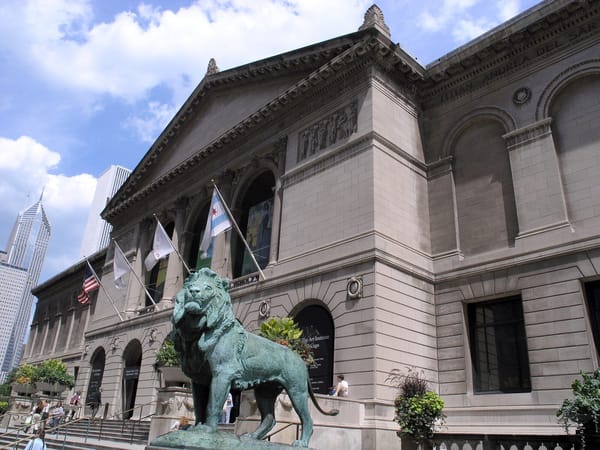Volute in architecture refers to a spiral, scroll-like ornament commonly found in classical architecture, particularly in the capitals of Ionic and Corinthian columns. The volute serves both decorative and symbolic purposes.
The volute is believed to have originated in ancient Greece with earliest examples in the Temple of Athena Nike on the Acropolis of Athens. It became a staple in Roman architecture, specifically in the Corinthian column which combines the volutes of the Ionic capital with various foliage. During the Renaissance, the volute had a resurgence in popularity, being incorporated into different building styles and decorative arts.
The spiral shape of the volute is thought to have been inspired by natural forms, symbolizing growth, evolution, and beauty. Through its use in ancient and classical buildings, today the volute evokes a sense of heritage and timeless elegance.






















